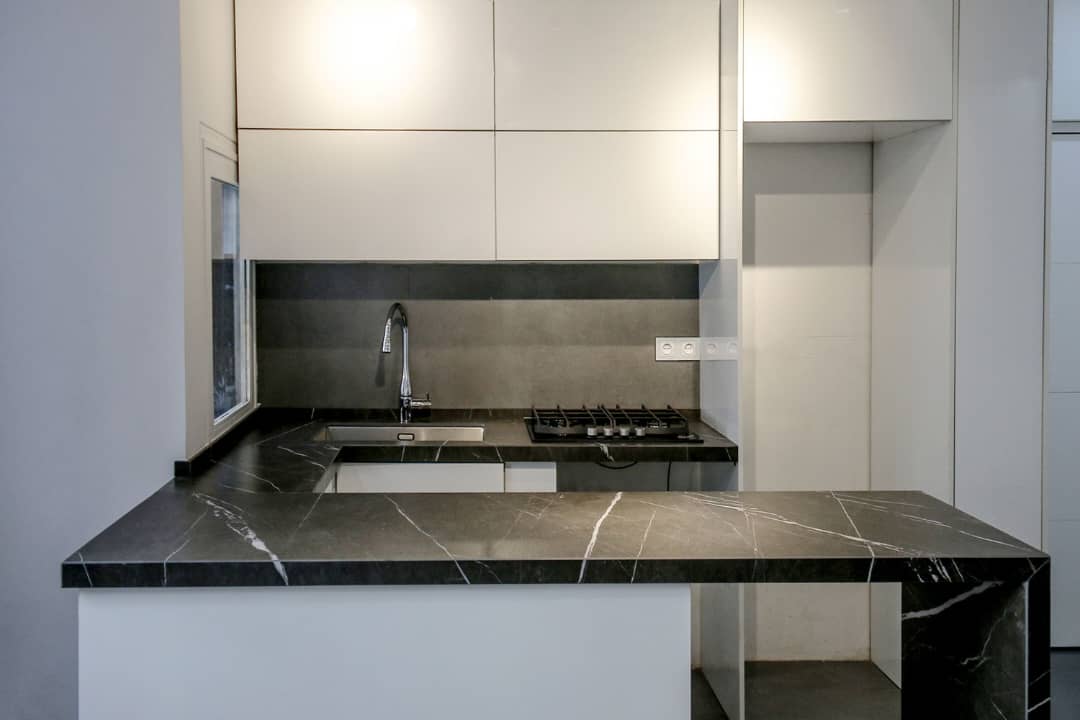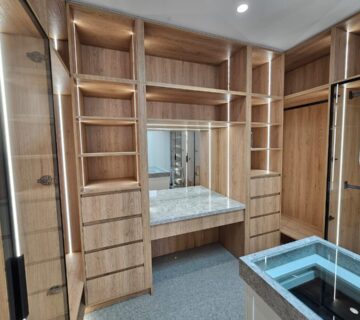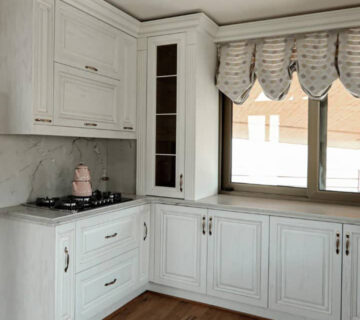Sustainable Renovation Materials
Top Sustainable Renovation Materials for an Eco-friendly Home
As environmental awareness continues to grow, more homeowners are choosing sustainable renovation materials to reduce their carbon footprint and create eco-friendly spaces. Sustainable materials not only help protect the planet, but they also offer durability, energy efficiency, and a stylish aesthetic for modern homes.
In this guide, we’ll explore the best eco-friendly materials for your renovation, from flooring to countertops. For more inspiration on incorporating sustainable design throughout your home, be sure to check out our 2024 bathroom remodeling trends guide.
1. Bamboo Flooring
Bamboo is one of the most popular sustainable renovation materials due to its fast-growing nature and renewable qualities. Bamboo flooring is durable, easy to maintain, and comes in a variety of finishes that can suit any home style.
Unlike traditional hardwood, bamboo regenerates quickly, making it an excellent eco-friendly alternative. Additionally, its resilience makes it ideal for high-traffic areas like kitchens and hallways.
If you’re planning a full-scale renovation, bamboo can also be paired with other eco-friendly options. Learn how to integrate sustainable materials across your home by exploring our kitchen renovation tips.
2. Recycled Glass Countertops
Recycled glass countertops offer both style and sustainability. Made from repurposed glass bottles and other waste, these countertops are visually stunning and environmentally friendly. They come in a wide range of colors and patterns, giving you the freedom to create a truly unique look.
Recycled glass surfaces are durable, heat-resistant, and easy to clean, making them perfect for kitchens and bathrooms. Pair them with modern kitchen designs to create an eco-friendly yet stylish space.
3. Reclaimed Wood
Using reclaimed wood for floors, furniture, or wall accents adds character and history to your home while promoting sustainability. Reclaimed wood is salvaged from old buildings, barns, or other structures, giving it new life in modern designs.
Choosing reclaimed wood reduces the demand for new lumber and helps preserve forests. It also often comes with a unique patina that adds warmth and depth to any room. Check out our cost-effective renovation ideas to see how reclaimed wood can be used to enhance your space without breaking the bank.
4. Cork Flooring
Cork is another fantastic sustainable option, particularly for flooring. Harvested from the bark of cork oak trees, this material is renewable, biodegradable, and recyclable. It also has natural insulation properties, which can help reduce energy costs by maintaining a stable indoor temperature.
Cork floors are soft underfoot, making them comfortable for walking and standing for long periods. Additionally, cork is resistant to mold, mildew, and termites, making it a practical choice for bathrooms and kitchens.
Related: Discover more eco-friendly flooring options in our guide on kitchen renovation tips.
5. Low-VOC Paints
Traditional paints release volatile organic compounds (VOCs) into the air, which can contribute to indoor air pollution. Low-VOC or zero-VOC paints are a healthier and more environmentally friendly alternative. These paints minimize harmful emissions, making them safer for both your family and the environment.
Low-VOC paints are available in a wide variety of colors and finishes, so you don’t have to sacrifice style for sustainability. Pair them with other eco-friendly materials like reclaimed wood for a cohesive, green design.
6. Insulation from Recycled Materials
Insulation is key to energy efficiency in any home, but did you know that you can choose eco-friendly insulation made from recycled materials? Options like recycled denim, cellulose (made from recycled paper), and wool insulation provide excellent thermal performance while being sustainable and safe for indoor air quality.
These materials not only reduce energy consumption but also help keep waste out of landfills, making them a smart choice for green renovations.
Learn more about making your home more energy-efficient with sustainable solutions by exploring our article on cost-effective renovation ideas.
7. Solar Panels and Energy-efficient Windows
If you’re looking to take your sustainability efforts to the next level, consider installing solar panels or energy-efficient windows. Solar panels harness the power of the sun to generate electricity for your home, reducing your reliance on fossil fuels and lowering your energy bills.
Energy-efficient windows are designed to minimize heat transfer, keeping your home warm in the winter and cool in the summer. These windows can significantly reduce your energy consumption while enhancing the comfort of your living spaces.
Pair these upgrades with our kitchen renovation tips for a fully energy-efficient and sustainable home renovation.
8. Sustainable Landscaping Materials
Sustainability doesn’t stop inside your home—it extends to your outdoor spaces as well. Sustainable landscaping materials like permeable pavers, native plants, and recycled mulch can help conserve water and reduce your environmental impact.
Permeable pavers allow water to flow through, reducing runoff and promoting groundwater recharge. Native plants require less water and maintenance, making them a practical choice for eco-friendly landscaping.
If you’re planning a full home renovation, explore our guide on home renovation services in Australia for expert advice on integrating sustainability inside and outside your home.
Conclusion
Using sustainable renovation materials is a smart way to reduce your environmental impact while creating a stylish, functional home. From eco-friendly flooring to energy-efficient windows, there are countless ways to incorporate sustainability into your renovation project.
For more eco-friendly design ideas, check out our guides on bathroom remodeling trends 2024 and kitchen renovation tips to ensure your home renovation is as green as possible.





No comment